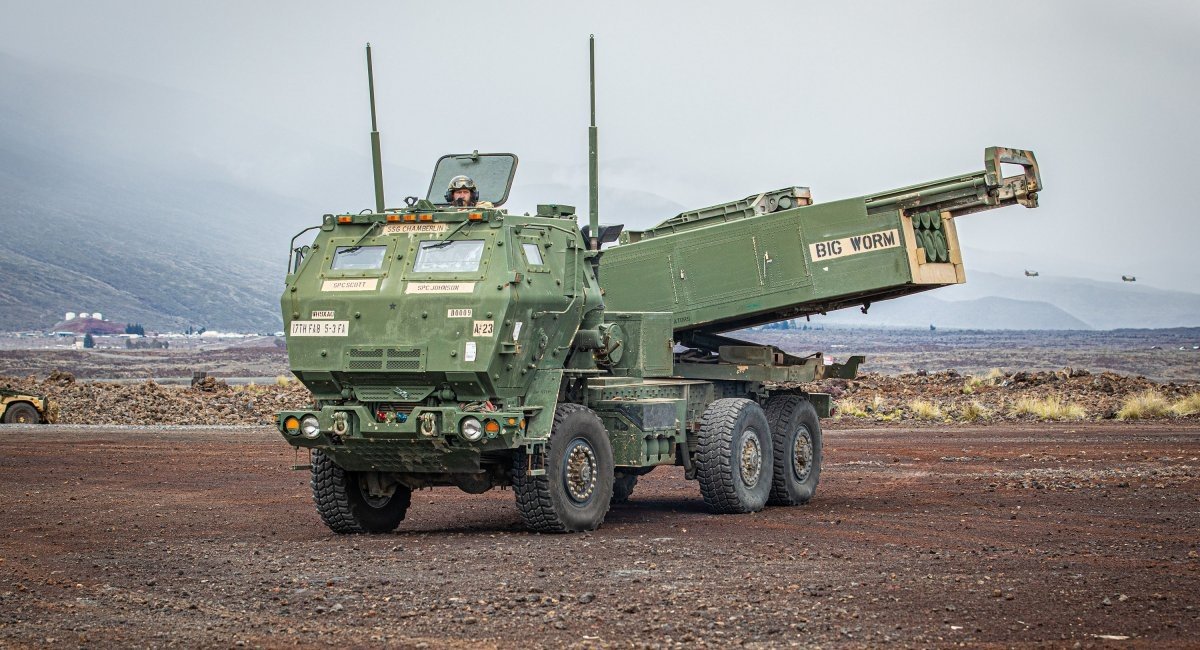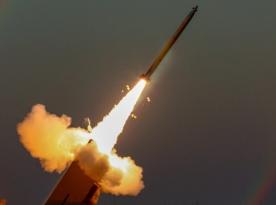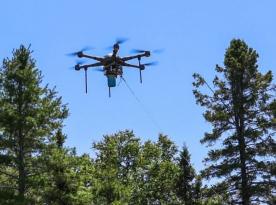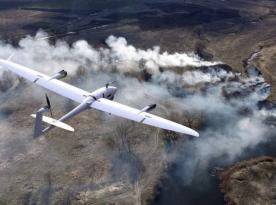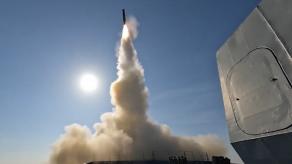Lockheed Martin has found a new, interesting, and more importantly, pragmatic use for their RIG-360 (Remote Interceptor Guidance-360) system which was initially designed as a method of unbinding the PAC-3 MSE missiles from the Patriot system's standard radar.*
This time, Lockheed Martin decided to test the RIG-360 compatibility with GMLRS rockets used by High-Mobility Artillery Rocket Systems, a.k.a. HIMARS. According to the company's press service, the first proof-of-concept test was a success. Note, this is only a test of the idea because in place of a real GMLRS rocket, a special aircraft was used, carrying a data receiver from RIG-360.
Read more: Ukraine's HIMARS and M270 will Fire Twice as Far with New GLSDB Precision Bombs Delivered This Winter

The first test with a real ballistic rocket is scheduled for 2024, and it will be still a prototype of the RIG-360, not a finished product. Therefore, the serial production variant will take years to appear, but for now, the concept looks promising.
For a brief reminder, RIG-360 is a system supposed to guide missiles by sending them in-flight target updates through a radio wave data link.
If the developers succeed during live firings, GMLRS will get real-time radio guidance. In addition to the ability to destroy stationary objects matching the target data pre-programmed before the launch, it will be able to strike moving targets as well.
The biggest advantage though is that such a guidance system will be much cheaper than all the alternatives. For example, at present, the most affordable guidance system against moving targets is laser homing. The rocket is equipped with a homing head, and someone has to "illuminate" the target with a laser beam: either a UAV with a pointer or a soldier on the site. Both variants presume that the target is not too far, and the laser beam operator risks getting caught in the rocket's collateral damage.
Read more: "The Defense Forces of Ukraine Showed a Spectacular Video of russia’s Heavy Flamethrower System’s Defeat"
An alternative is a thermal or radiation emission seeker, either of them makes the cost of the weapon skyrocket. On the other hand, guidance (more precisely, updates on the target's coordinates) through a radio link provided by RIG-360 solves two problems at once: cost efficiency and operational range.
As for the latter, here's the issue. If you place the RIG-360's antenna on top of a 10-meter (~30 feet) mast, a GMLRS rocket at an altitude of 20 meters approaching the ground will be able to stay connected within a 31 km range. This is the maximum distance, without taking into account the terrain, at which the rocket can accurately hit a moving target while receiving updates all the way until the detonation. This result can be achieved just by a radio receiver, with no homing systems involved.

Now, if we install a RIG-360 transmitter on an aircraft, the picture changes completely. With radio horizon no longer limiting the connection range, the 80-km GMLRS, and most likely the newer 150-km ER GMLRS, too, will be able to effectively hit moving targets as far as they can fly.
At the same time, Lockheed Martin keeps the specifications of RIG-360 in secret for now and doesn't even show the looks of the system. That's why there is not much information for a certain and detailed assessment. So far, the concept seems to be on the right path and suits modern network-centric warfare very well.
*During a test in November 2022, this system managed to connect to a PAC-3 MSE missile of the Patriot air defense system, providing target data from an AN/MPQ-64 Sentinel radar instead of Patriot's AN/MPQ-53 or AN/MPQ-65A which became a major step toward making air defense systems independent from their innate radars.
Read more: Are There Any Prospects for Ukrainian Long-Range Missiles in Mass Production




